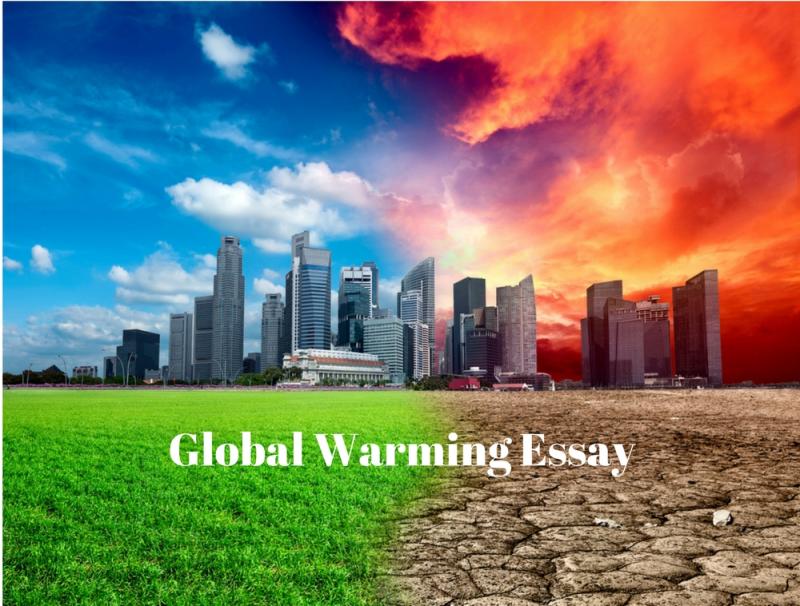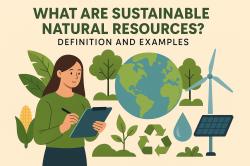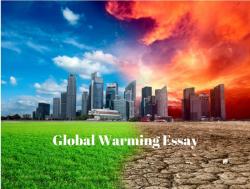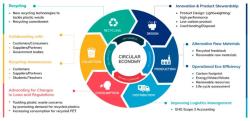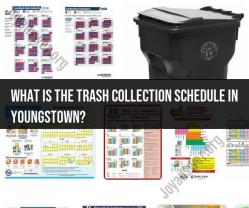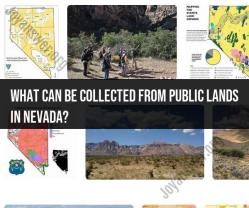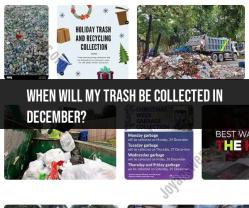What are the current environmental issues in the US?
Several environmental issues were of concern in the United States. Please note that the status of these issues may have evolved since then, so it's advisable to check more recent sources for the latest information. As of my last update, some of the key environmental issues in the US included:
Climate Change: The impact of climate change is a significant concern, leading to more frequent and severe weather events, rising sea levels, and disruptions to ecosystems. Efforts to address climate change involve reducing greenhouse gas emissions and transitioning to renewable energy sources.
Air Pollution: Poor air quality, primarily due to emissions from industrial activities, transportation, and power generation, remains a critical issue. This contributes to respiratory and cardiovascular health problems and affects vulnerable populations disproportionately.
Water Pollution: Contamination of water bodies by industrial discharges, agricultural runoff, and inadequate wastewater treatment poses risks to both aquatic ecosystems and human health. Issues such as lead contamination in drinking water have gained attention in recent years.
Biodiversity Loss: The loss of biodiversity due to habitat destruction, pollution, climate change, and invasive species is a global concern. In the US, protecting endangered species and preserving critical habitats are ongoing challenges.
Deforestation: The clearing of forests for agriculture, logging, and development continues to threaten ecosystems, wildlife habitats, and the services provided by forests, such as carbon sequestration.
Waste Management: Managing and reducing the generation of solid waste, as well as properly handling and disposing of hazardous waste, are ongoing challenges. Issues related to plastic pollution and the proper disposal of electronic waste are of particular concern.
Environmental Justice: Disparities in exposure to environmental hazards and access to environmental benefits based on race, income, and other factors are issues of increasing concern. Efforts are underway to address these inequities and promote environmental justice.
Renewable Energy Transition: While there has been progress in adopting renewable energy sources, the transition away from fossil fuels to mitigate climate change remains a complex and evolving challenge.
Wildfires: The increasing frequency and intensity of wildfires, exacerbated by factors such as climate change, land-use patterns, and forest management practices, pose risks to ecosystems, air quality, and human communities.
Plastic Pollution: The widespread use of single-use plastics contributes to environmental pollution, affecting oceans, rivers, and terrestrial ecosystems. Efforts to reduce plastic consumption and improve recycling infrastructure are ongoing.
These issues often intersect, and addressing them requires coordinated efforts from government, industry, communities, and individuals. Keep in mind that developments may have occurred since my last update, so it's recommended to consult more recent sources for the latest information on current environmental issues in the US.
Combating Climate Change and Promoting Sustainable Practices
Climate change is one of the most pressing environmental challenges facing the world today. The United States is the world's second-largest emitter of greenhouse gases, and its actions have a significant impact on the global climate. To address this issue, the US must transition to a clean energy economy and adopt sustainable practices across all sectors of society.
Key strategies for combating climate change and promoting sustainable practices include:
Transitioning to renewable energy sources: The US has vast potential for renewable energy generation, including solar, wind, geothermal, and hydropower. By investing in these sources, the US can reduce its reliance on fossil fuels and slash greenhouse gas emissions.
Improving energy efficiency: Energy efficiency measures, such as upgrading buildings and appliances, can significantly reduce energy consumption and emissions.
Promoting sustainable transportation: The transportation sector is the largest source of greenhouse gas emissions in the US. Shifting to electric vehicles, expanding public transportation, and investing in walkable and bikeable communities can all help to reduce emissions from transportation.
Protecting forests and natural lands: Forests play a critical role in absorbing carbon dioxide from the atmosphere. Protecting existing forests and planting new trees can help to mitigate climate change.
Supporting sustainable agriculture: Agriculture contributes to greenhouse gas emissions through methane emissions from livestock and nitrous oxide emissions from fertilizer use. Adopting sustainable agricultural practices, such as reducing meat consumption, improving soil management, and using renewable energy sources on farms, can help to reduce emissions from agriculture.
Pricing carbon: Putting a price on carbon emissions can incentivize businesses and individuals to reduce their emissions. This can be done through a carbon tax or a cap-and-trade system.
Investing in research and development: Investing in research and development can lead to new technologies that can help to address climate change. This includes developing more efficient renewable energy technologies, improving energy storage technologies, and finding ways to capture and store carbon dioxide from the atmosphere.
Addressing Pollution, Waste Management, and Natural Resource Conservation
Pollution, waste management, and natural resource conservation are all interconnected environmental issues. Pollution can contaminate air, water, and soil, harming human health and ecosystems. Waste management is a growing challenge as populations grow and consumption increases. Natural resource conservation is essential for ensuring the long-term availability of clean water, air, and other resources.
Key strategies for addressing pollution, waste management, and natural resource conservation include:
Reducing pollution: Pollution can be reduced through a variety of measures, including stricter environmental regulations, cleaner industrial processes, and more sustainable consumption habits.
Improving waste management: Waste management can be improved by reducing the amount of waste generated, recycling and composting more waste, and disposing of waste properly.
Conserving natural resources: Natural resources can be conserved by reducing consumption, using resources more efficiently, and protecting ecosystems.
Protecting Ecosystems and Biodiversity in the United States
The United States is home to a rich diversity of ecosystems and plant and animal species. However, these ecosystems are increasingly threatened by human activities, such as habitat loss, pollution, and climate change.
Key strategies for protecting ecosystems and biodiversity in the United States include:
Protecting endangered species: The Endangered Species Act is a critical tool for protecting endangered species and their habitats.
Expanding protected areas: Protected areas, such as national parks and wildlife refuges, provide important habitat for plants and animals.
Restoring ecosystems: Restored ecosystems can provide valuable habitat for plants and animals and help to improve water quality and air quality.
Educating the public: Educating the public about the importance of biodiversity can help to build support for conservation efforts.
By taking these actions, the United States can address the pressing environmental challenges of climate change, pollution, and biodiversity loss. By transitioning to a clean energy economy, adopting sustainable practices, and protecting ecosystems, the US can ensure a healthier and more sustainable future for all.
